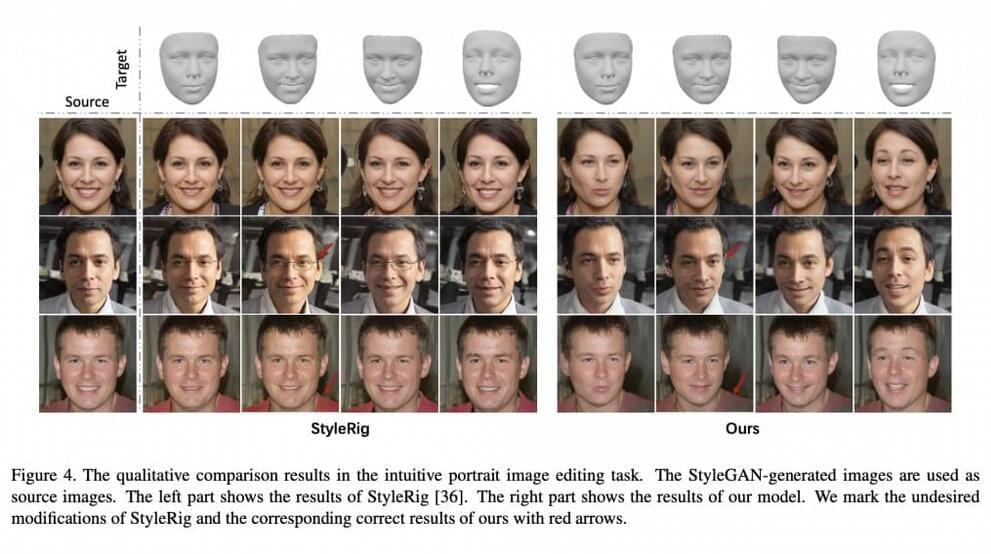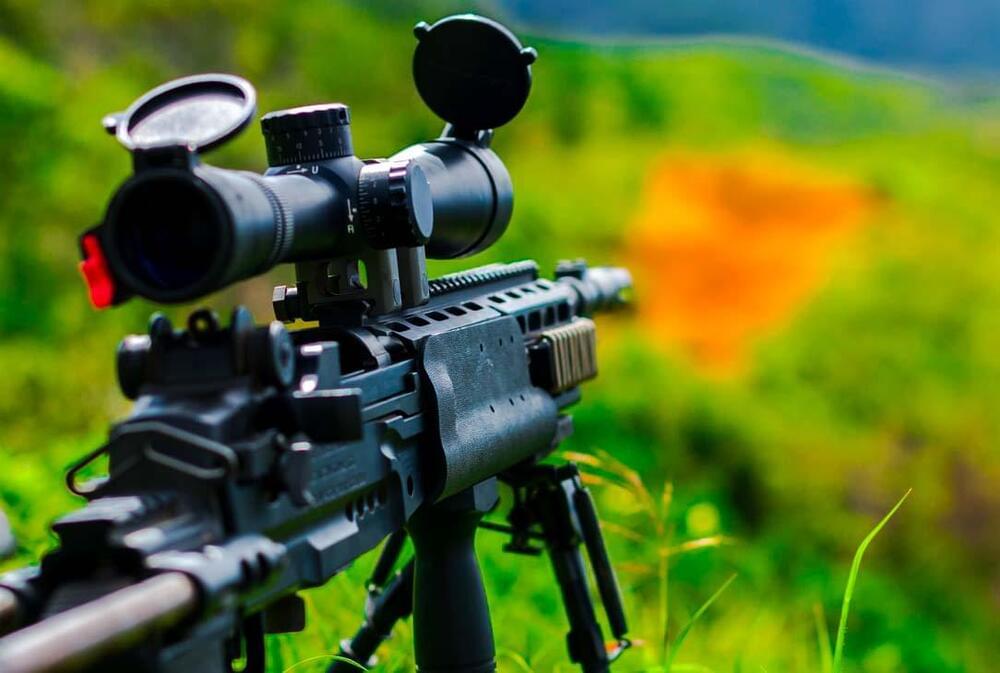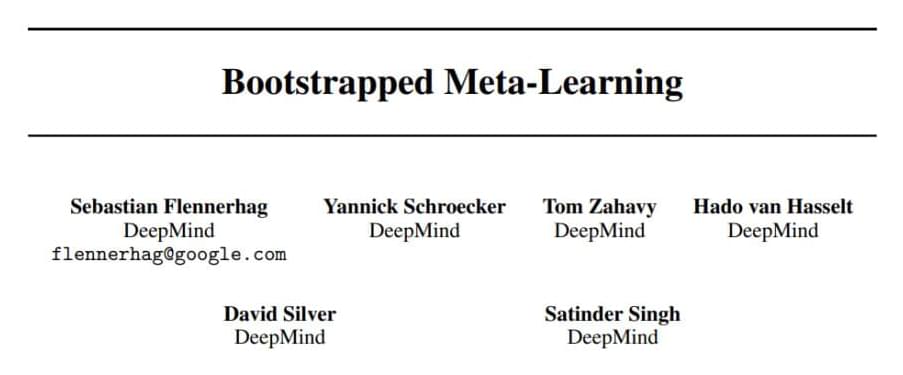Tencent Research Group Unveils ‘PIRenderer’, An AI Model To Control The Generation Of Faces Via Semantic Neural Rendering.



The new artificial intelligence tool has already led to the discovery of four new materials.
Researchers at the University of Liverpool have created a collaborative artificial intelligence tool that reduces the time and effort required to discover truly new materials.
Reported in the journal Nature Communications, the new tool has already led to the discovery of four new materials including a new family of solid state materials that conduct lithium. Such solid electrolytes will be key to the development of solid state batteries offering longer range and increased safety for electric vehicles. Further promising materials are in development.

Welcome to AI book reviews, a series of posts that explore the latest literature on artificial intelligence.
Recent advances in deep learning have rekindled interest in the imminence of machines that can think and act like humans, or artificial general intelligence. By following the path of building bigger and better neural networks, the thinking goes, we will be able to get closer and closer to creating a digital version of the human brain.
But this is a myth, argues computer scientist Erik Larson, and all evidence suggests that human and machine intelligence are radically different. Larson’s new book, The Myth of Artificial Intelligence: Why Computers Can’t Think the Way We Do, discusses how widely publicized misconceptions about intelligence and inference have led AI research down narrow paths that are limiting innovation and scientific discoveries.

As artificial intelligence grows in intelligence, militaries are incorporating the tech into their arsenal. From Minority Report style predictive AI to anti-aging research, AI is steadily being introduced to everything. In one bizarre example, the Israeli military has created an AI Sniper Rifle.
Reported by The New York Times, Israeli operatives carried out an assassination mission with an AI Sniper Rifle. Conducted in November 2,020 the Israeli military used a “souped-up, remote-controlled” rifle to kill Iranian nuclear scientist Mohsen Fakhrizadeh. The military had been chasing the target “for at least 14 years”.
The Israeli military has reportedly used an AI Sniper Rifle to assassinate Iranian nuclear scientist Mohsen Fakhrizadeh after 14 years of trying.


Learning how to learn is something most humans do well, by leveraging previous experiences to inform the learning processes for new tasks. Endowing AI systems with such abilities however remains challenging, as it requires the machine learners to learn update rules, which typically have been manually tuned for each task.
The field of meta-learning studies how to enable machine learners to learn how to learn, and is a critical research area for improving the efficiency of AI agents. One of the approaches is for learners to learn an update rule by applying it on previous steps and then evaluating the corresponding performance.
To fully unlock the potential of meta-learning, it is necessary to overcome both the meta-optimization problem and myopic meta objectives. To tackle these issues, a research team from DeepMind has proposed an algorithm designed to enable meta-learners to teach themselves.
This film looks like an unexpectedly positive, interesting take on post-apocalyptic AI and its creator (or creators) than we are usually presented with from Hollywood. Between this and the new Foundation adaptation (that comes out in less than a WEEK!), maybe it’s time to forgive them for their many sins and finally subscribe to Apples streaming service. Or maybe not. 🤔
First trailer for Finch starring Tom hanks.


Altana AI, a startup building a database for global supply chain networks, today announced that it raised $15 million in a series A funding round led by GV with participation from Floating Point, Ridgeline Partners, Amadeus Capital Partners, and Schematic Ventures. The proceeds, which bring the company’s total raised to $22 million to date, will be used to further develop Altana’s data and AI systems and launch new machine learning and network analysis tools, according to CEO Evan Smith.
Trade wars, the rise of ecommerce, pandemic supply chain shocks, and sustainability concerns are driving fundamental changes to supply chain networks and global trade flows. Nearly 75% of companies report supply chain disruptions in some capacity due to pandemic-related transportation restrictions. And in a recent IBM survey, 40% of executives stressed the need for spare capacity to weather future crises.
Altana’s product aims to solve these challenges with a platform that connects and learns from billions of supply chain data points. It answers questions about products, shipments, companies, and networks, filtering out illicit trade and targeting bad actors and security threats across global commerce networks.